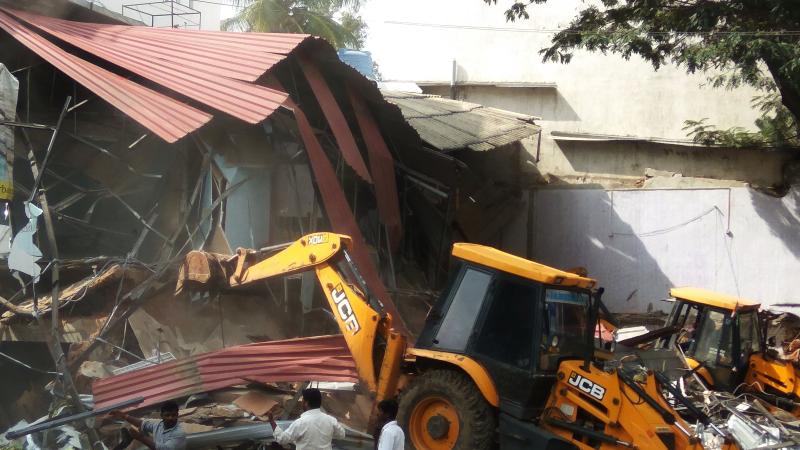
On 26th of January 2001, India was gearing up to celebrate the country’s 51st Republic Day, when an event that lasted a little longer than 2 minutes, devastated the country. Kutch region in Gujarat was hit by a 7.7 magnitude earthquake. The death toll was estimated to be around 13,000, with wide scale devastation to property. The incident flattened many villages and destroyed many historic and heritage buildings.
The buildings of the region were found to be a mix of modern single and multistoried structures as well as traditional structures, and many of these structures weren’t designed to withstand severe quakes. Bhuj in Gujarat was one of the worst affected areas, with extensive damage caused to several buildings and structures in the region.
Scientists from the Center for Earth Sciences at Indian Institute of Science set out to study the reason for the widespread destruction. Although effects like ground liquefaction and failure, where the soil gets saturated and loses its strength due to constant shaking generally caused by quakes, were noticed in many parts hit by the earthquake, these effects weren’t prominent in Bhuj. Yet, the devastation in the region was extensive, suggesting site response or the behavior of the site to the quakes, to be an important factor for the destruction.
The researchers applied a method called horizontal to vertical spectral ratio method to ambient vibrations (HVSR-AV) to examine if site response had any significant role in the observed damage. The scientist also considered the weathered sandstone exposed in the city to be a resonating layer, which could resonate with the vibrations caused by the quake.
The amount of data available does not allow the scientists to make a quantitative modelling, however, the results suggest that site effects, like ground liquefaction, weren’t important contributing factors to the destruction caused and other unknown factors could be the reason. More importantly, the study helped the scientists verify the efficacy of the HVSR-AV method in predicting the effects of a quake, especially in low-seismicity areas.





